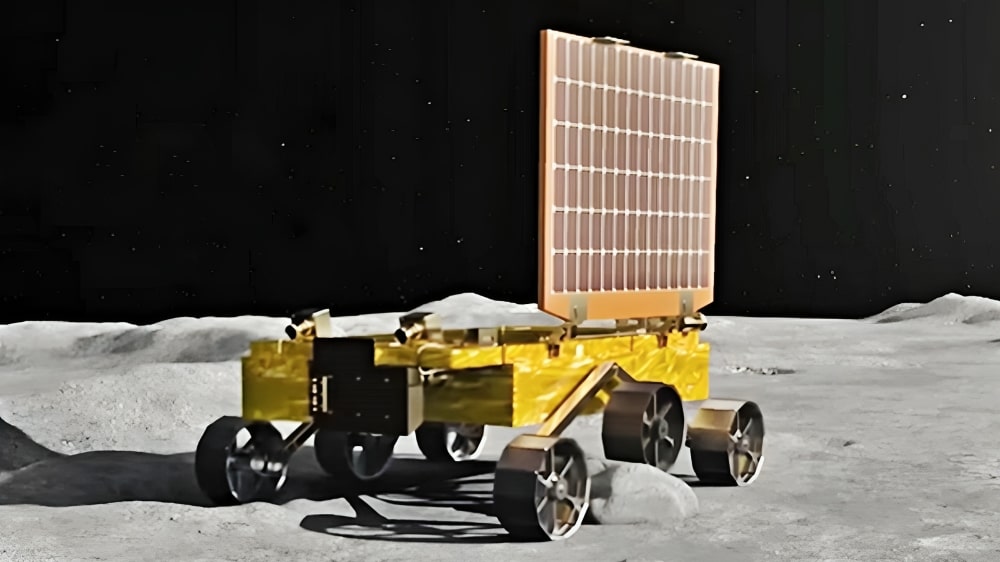ISRO successfully succeeded in the country’s third moon mission, Chandrayaan-3, when it landed on the Moon’s south pole. ISRO has done wonders by doing this. After this, Chandrayaan-3’s Vikram Lander and Pragyan Rover collected vital data on the Moon for 14 days.
Scientists around the world have been surprised by the results of this data. American research professor Jeffrey Gillis Davis has talked in detail in an article about all the achievements related to Chandrayaan-3.
An article on Space.com states that data from Chandrayaan-3 has shown that the lunar soil contains expected elements like iron, titanium, aluminium and calcium. The discovery of sulfur is surprising. “Planetary scientists like me know that sulfur is present in the moon’s rocks and soil, but only in tiny amounts,” he writes.
These new data suggest that sulfur concentrations may be higher than estimated. Pragyan has two instruments that analyze soils – an alpha particle X-ray spectrometer and a laser-induced breakdown spectrometer, or LIBS for short. Both of these instruments measured sulfur in the soil near the landing site.
Two Main Types Of Rocks On The Surface Of The Moon
Scientists claim that sulfur in lunar soil could one day help astronauts stay away from the ground, making these measurements an example of science enabling exploration. There are two main types of rock on the Moon’s surface – dark volcanic rock and bright highland rock.
Scientists measuring the composition of the Moon’s rock and soil in laboratories on Earth have found that materials from the darker volcanic plains contain more sulfur than materials from the brighter highlands. Sulfur comes mainly from volcanic activity. The rocks in the Moon’s depths contain sulfur; when these rocks melt, sulfur becomes part of the magma. When the molten rock comes close to the surface, most of the sulfur in the magma turns into a gas that escapes along with water vapour and carbon dioxide.
The Discovery Of Sulfur Was The First Such Incident
Some sulfur remains in the magma and within the rock after it cools. This process explains why sulfur is primarily associated with the Moon’s black volcanic rocks. The discovery of sulfur in the lunar soil by Chandrayaan-3 is the first such incident.
However, the exact amount of sulfur cannot be determined until data calibration is completed. Uncalibrated data collected by the LIBS instrument on Pragyan suggests that the Moon’s highland soils near the poles may have higher sulfur concentrations than highland soils from the equator and possibly even higher than deep volcanic soils.









